The HVAC-R (Heating, Ventilation, Air Conditioning, and Refrigeration) industry is rapidly evolving, driven by technological advancements, sustainability initiatives, and regulatory shifts. As we step into 2025, businesses and professionals must stay ahead of these changes to remain competitive. In this blog, we explore the top emerging HVAC-R trends shaping the industry’s future.
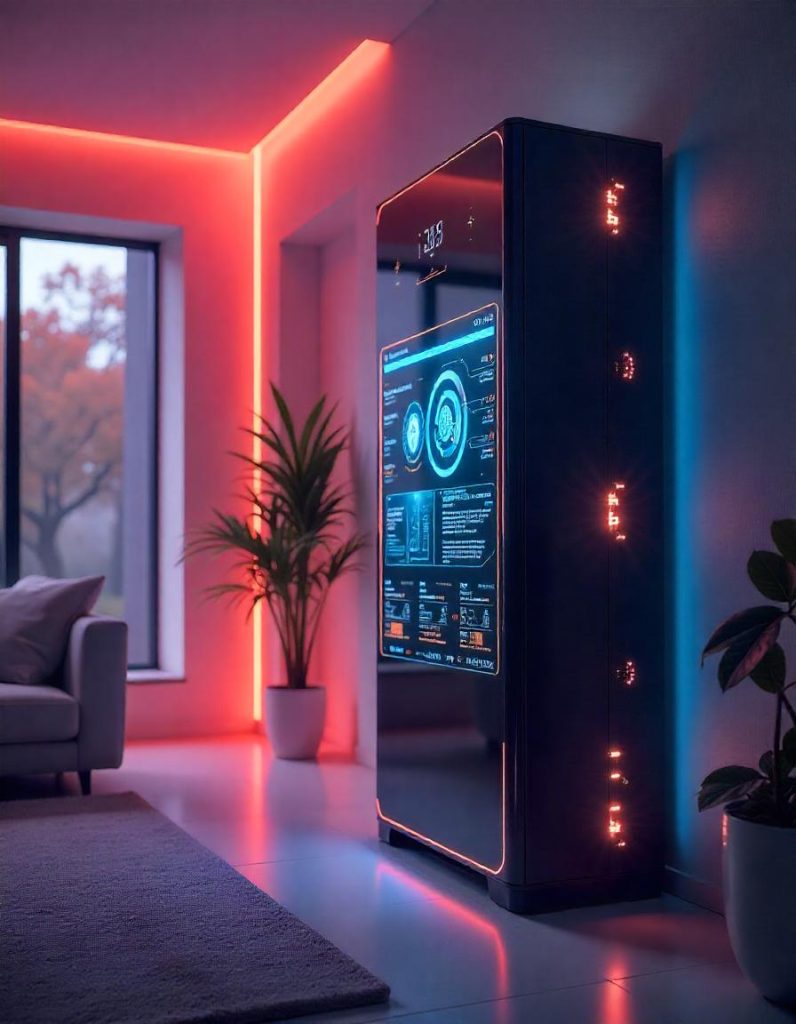

1. Smart HVAC Systems & AI Integration
Artificial Intelligence (AI) and the Internet of Things (IoT) are revolutionizing HVAC systems. Smart thermostats, predictive maintenance, and automated diagnostics are optimizing energy efficiency, reducing operational costs, and enhancing user experience.
2. Sustainable & Eco-Friendly Refrigerants
With increasing regulations on high-GWP (Global Warming Potential) refrigerants, the industry is transitioning towards eco-friendly alternatives like R-32, R-290 (propane), and CO₂-based systems. These solutions align with global sustainability goals while improving system efficiency.
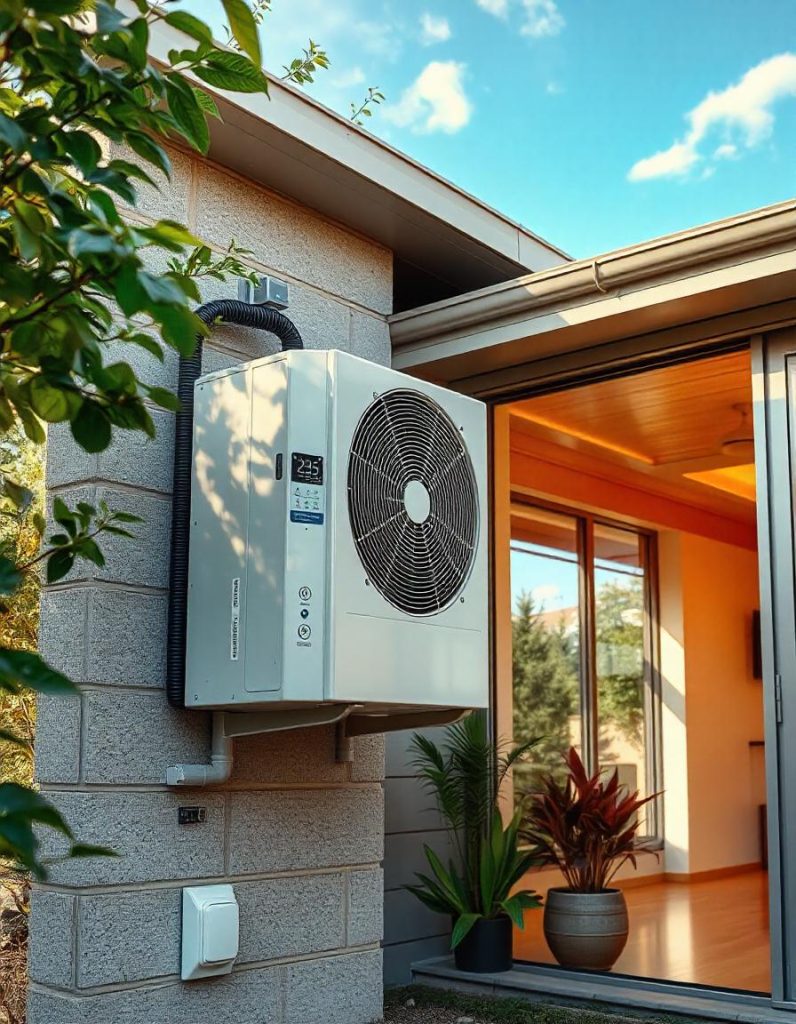

3. Energy-Efficient Heat Pumps
Heat pumps are gaining traction as a sustainable solution for heating and cooling. Advances in technology are making them more efficient in extreme climates, further promoting their adoption in residential and commercial sectors.
4. Indoor Air Quality (IAQ) Innovations
The focus on indoor air quality (IAQ) has intensified post-pandemic. HVAC systems equipped with HEPA filters, UV-C light purification, and advanced ventilation strategies are becoming standard to ensure healthier indoor environments.

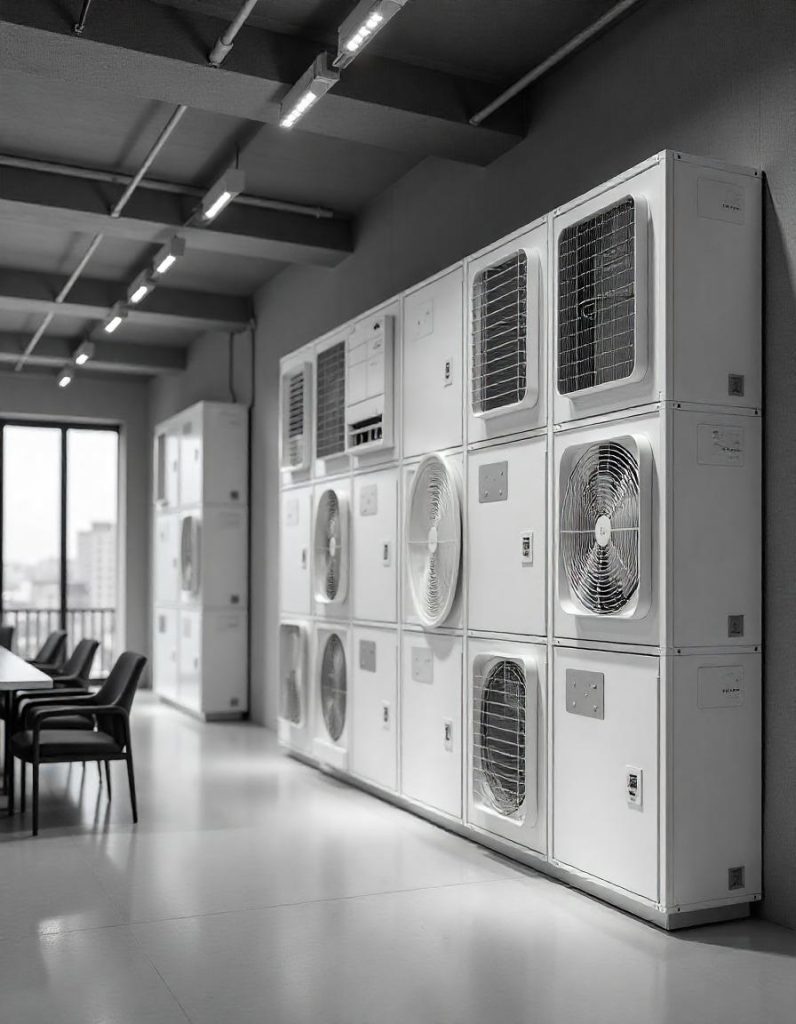
5. Modular & Decentralized HVAC Systems
The shift from traditional centralized HVAC systems to modular and decentralized solutions allows for greater flexibility and energy savings. These systems provide localized climate control while reducing overall energy consumption.
6. Growth of HVAC Automation & Remote Monitoring
Remote monitoring tools and automation platforms are enhancing system control and efficiency. Building managers and homeowners can now manage HVAC operations in real-time, optimizing performance and reducing maintenance costs.
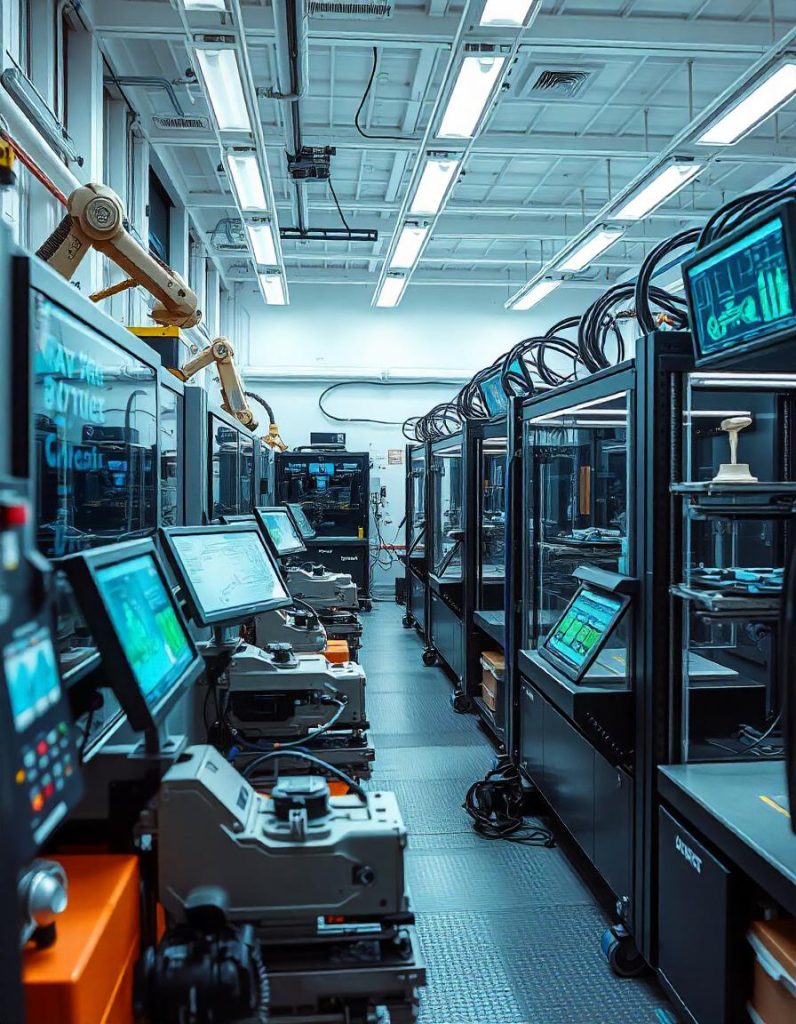
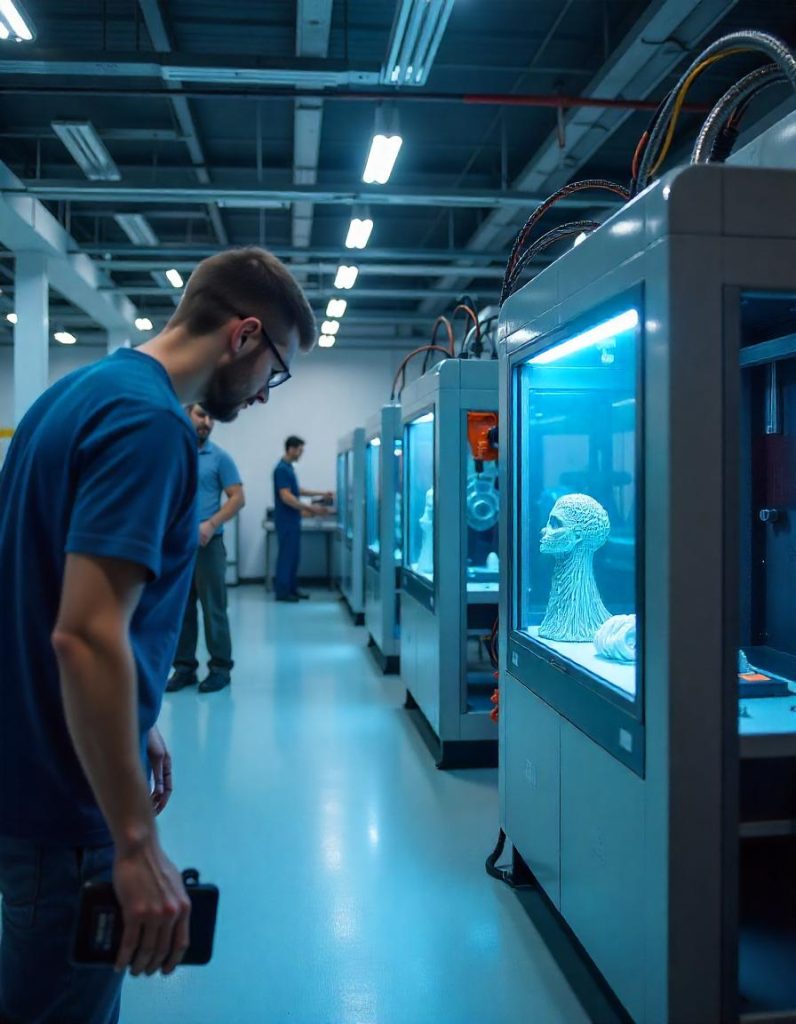
7. 3D Printing & Advanced Manufacturing
3D printing technology is transforming HVAC manufacturing by enabling faster production, cost reduction, and customization of components for specific applications.
Conclusion
The HVAC-R industry is advancing towards smarter, greener, and more efficient solutions. Professionals who embrace these innovations will stay competitive in an evolving market. Whether through AI-driven automation, sustainable refrigerants, or improved air quality measures, the future of HVAC-R is set for a significant transformation.
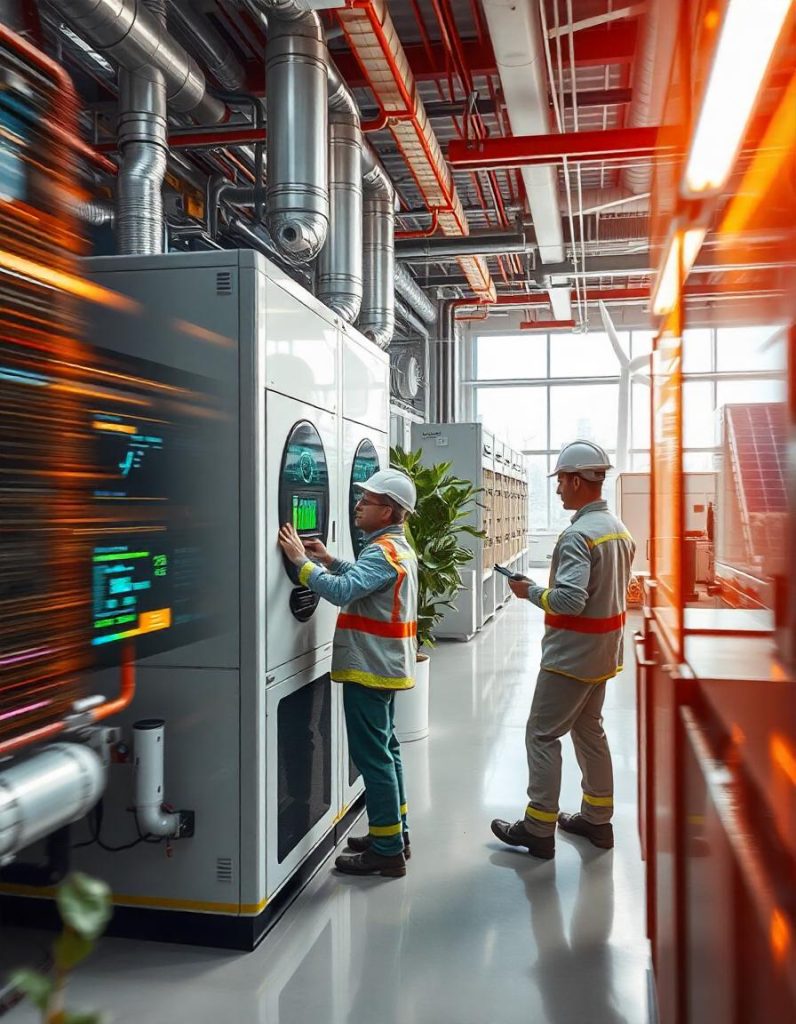
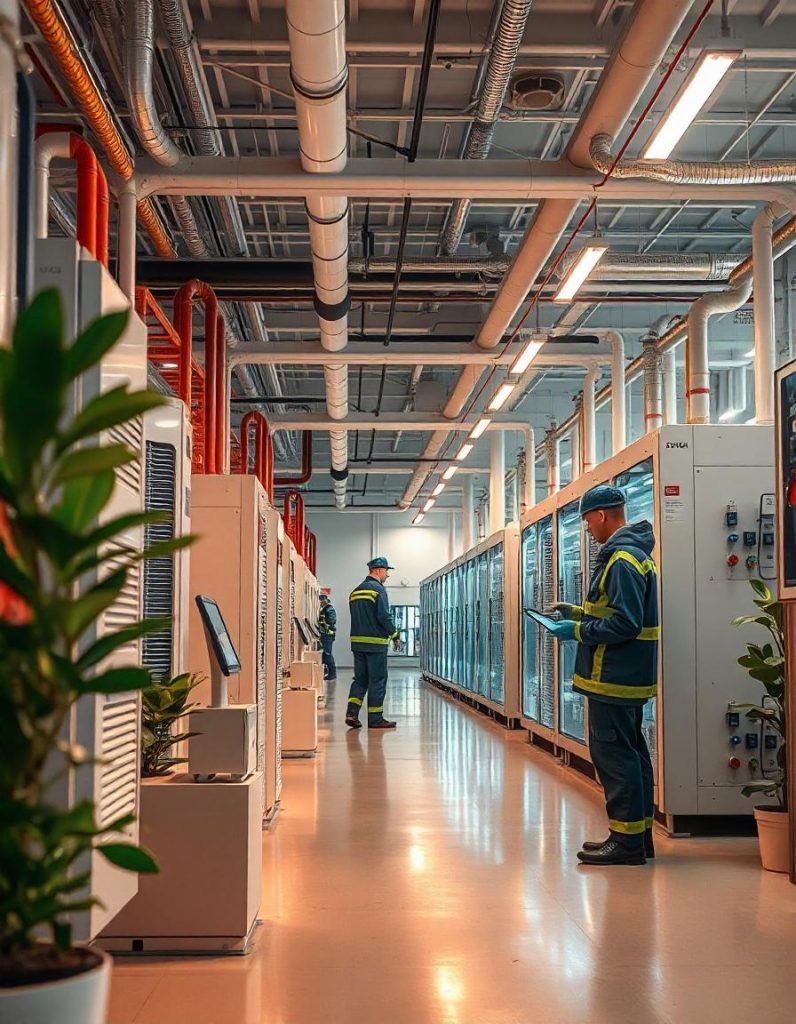
Stay informed, adapt to these changes, and leverage the latest HVAC-R trends to drive business growth in 2025 and beyond.
